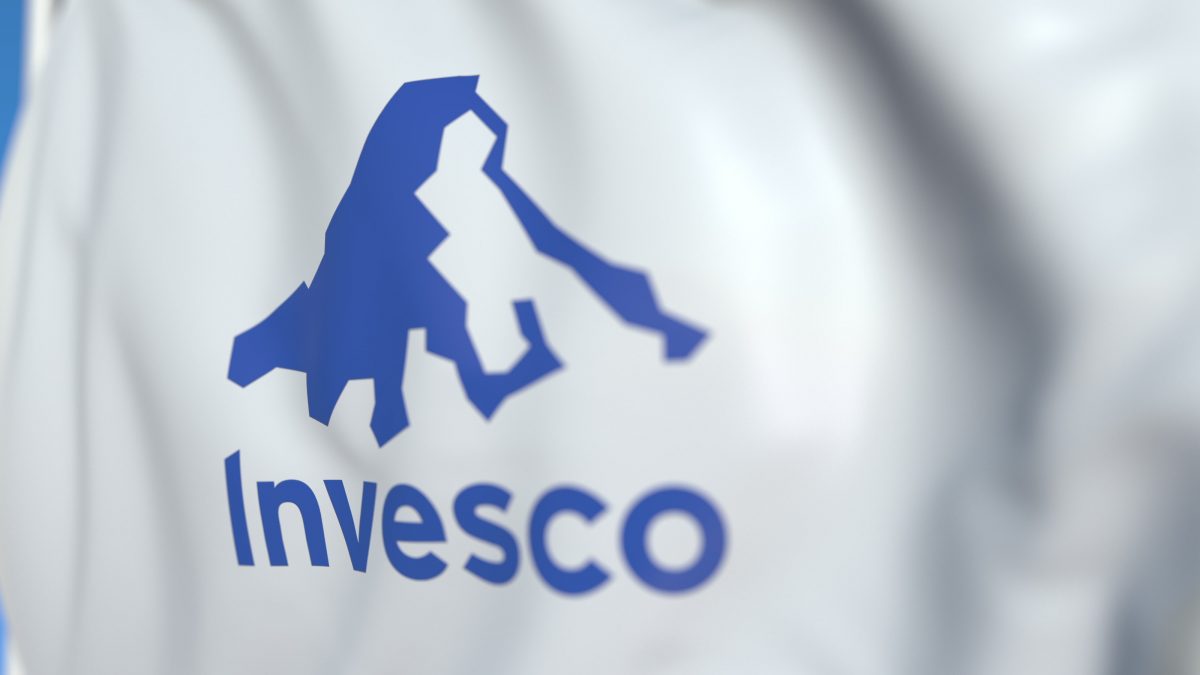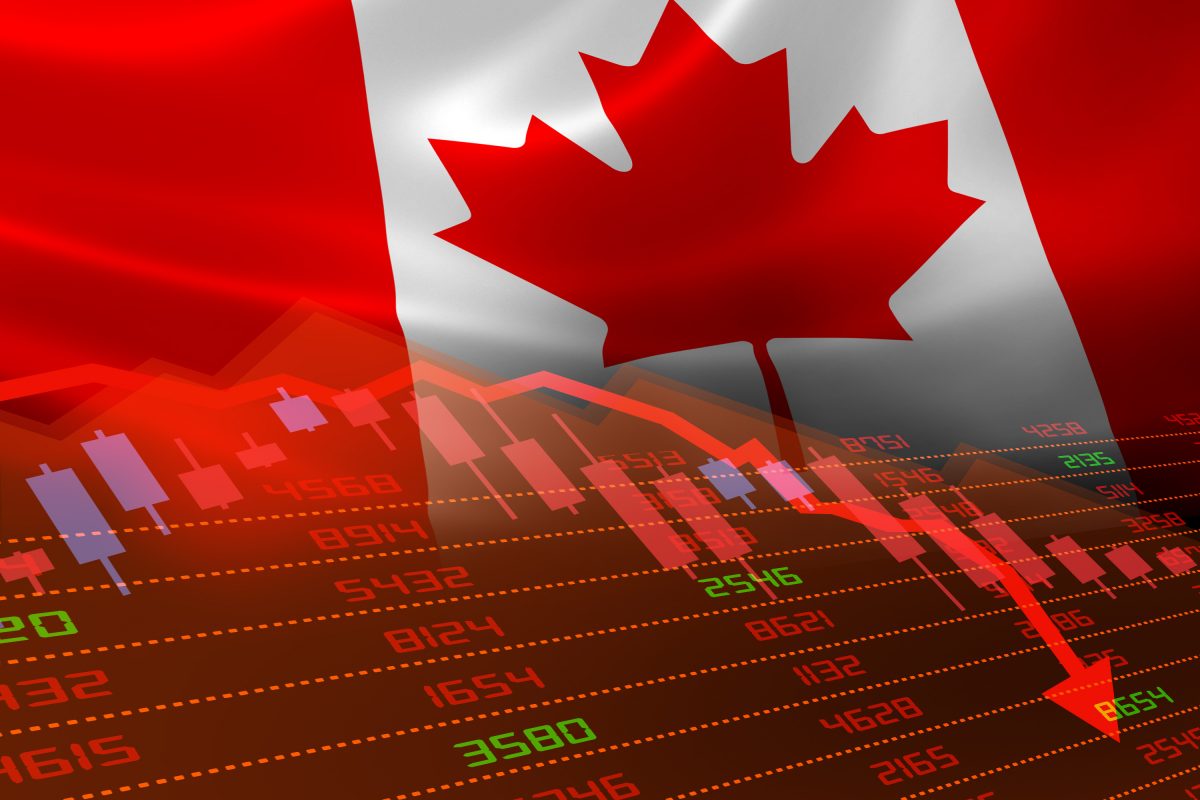The TSX rebounded on Thursday after sharp sell-offs this week due to the surge in COVID cases. Materials and financial stocks led the rally and gained more than 1% each. However, energy, reflecting the general trend in markets around the world, continued to decline amid weaker oil prices and slowing demand. The energy sector dropped 1.4% as U.S. crude prices were down 3.6% a barrel, while Brent crude lost 3.4%. Cenovus Energy also reported its third straight quarterly loss, despite just days ago they acquired rival Husky Energy Inc.
Alamos Gold Inc, was the largest percentage gainer on the TSX, jumping 11.9% after third-quarter earnings beat estimates. However, a different gold company, OceanaGold Corp, led the losers, falling 8.1% after reporting a higher quarterly loss.
This has been a rough week for the TSX, and global markets in general. In the previous session, the Candian index fell by 2.7% due to jitters from the surge in COVID infections ravaging Canada.








